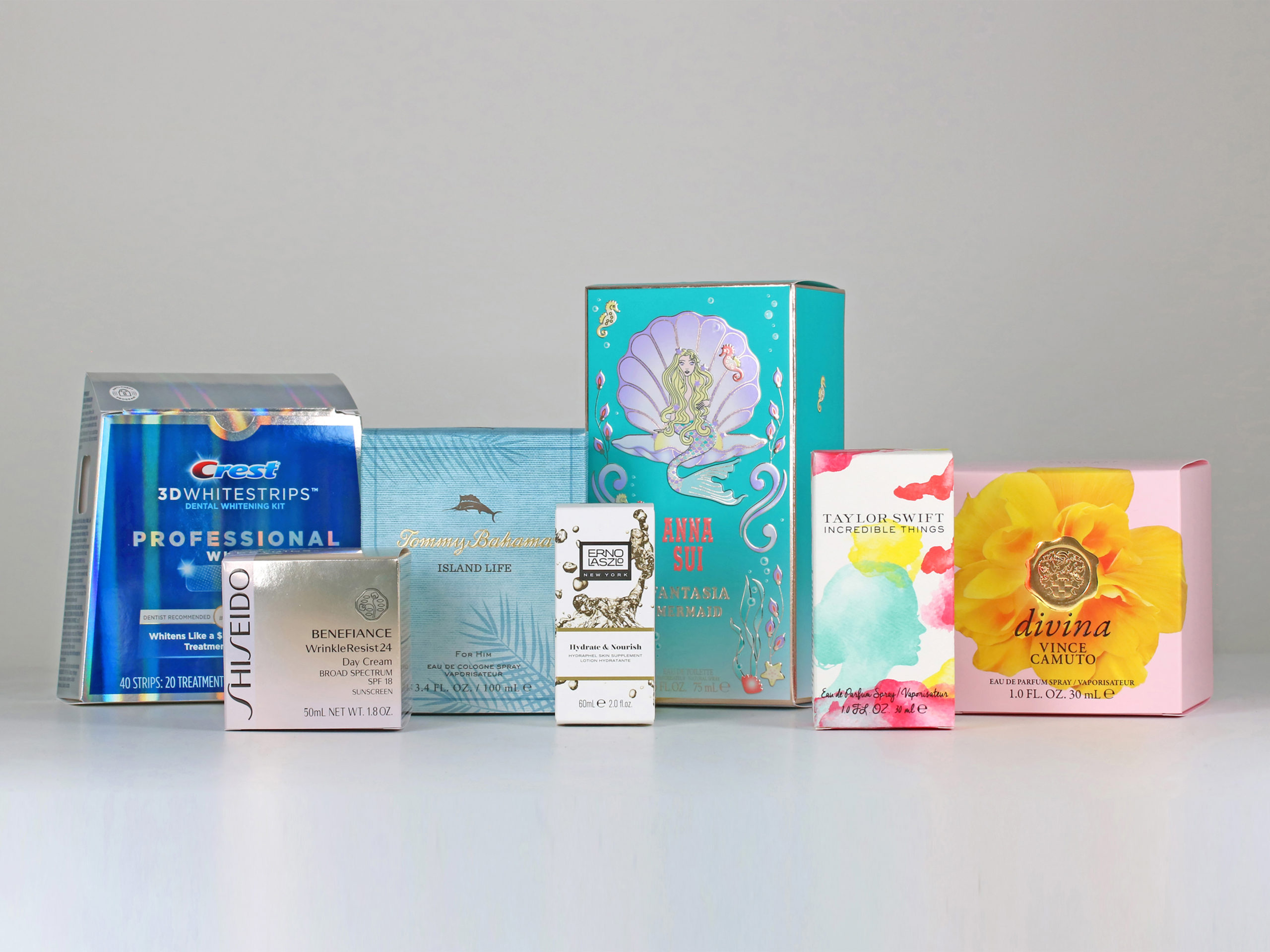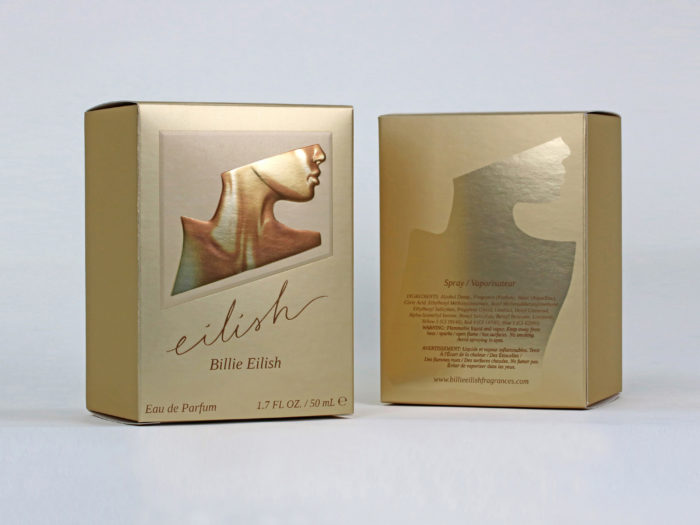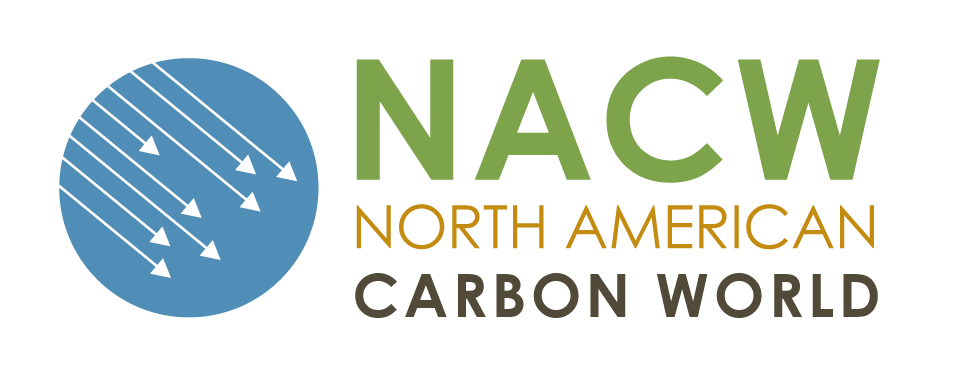Q&A with Diamond Packaging, who recently retired offsets from the Reserve offset registry
1. Please tell us more about your organization?
Founded in 1911, Diamond Packaging is a WBENC-certified woman-owned business specializing in developing innovative and sustainable packaging solutions. Utilizing state of-the-art technologies, Diamond designs and manufactures paperboard folding cartons for the personal care (cosmetics, hair care, skin care, fragrance, oral care, and shaving), health care, pharmaceutical, cannabis, and consumer electronics industries.
Diamond differentiates itself through award-winning creative design, packaging innovation/technical expertise, and its greenbox sustainability initiative.

Diamond recently announced it has been awarded a Platinum rating by EcoVadis, the leading global advocate for sustainability and corporate social responsibility (CSR). The award is the highest recognition given by EcoVadis and places Diamond in the top 1% of all companies evaluated worldwide. Diamond is the ONLY U.S.-based folding carton supplier to receive this distinction.
“We’re very proud of this recognition as it affirms our commitment to sustainability and value as a supply chain partner,” said Dennis Bacchetta, director of marketing and founding member of Diamond’s Green Team.
Diamond ranked in the top 1% of suppliers assessed by EcoVadis in the category “Manufacture of corrugated paper and paperboard and of containers of paper and paperboard”. Diamond ranked highest in the Environment category, which comprises both operational factors (e.g., energy consumption, waste management) and product stewardship (e.g., product use, customer health and safety).
2. What are the key principles and goals of your sustainability program?
Diamond is committed to working toward a cleaner environment. The company developed its greenbox sustainability initiative to research, design, and implement packaging solutions that are innovative and more sustainable.

The core of the initiative – designs, materials, and methods – represents a comprehensive approach to packaging that minimizes environmental impact throughout the supply chain.
Through creative design, careful material selection, and best practices at the plant level, Diamond is able to minimize waste, reduce costs, and increase efficiencies – all of which support a sustainable use of resources and cultivate a positive emotional connection to the brand.
Diamond’s packaging is designed utilizing recyclable or recycled paperboards (many FSC-certified), and manufactured using 100% clean, renewable wind energy, in a Zero Waste to Landfill (ZWL) and Carbon Neutral (covering Scope 1 and Scope 2 emissions) facility.
3. What elements of chosen offset projects helped drive the purchase?
Diamond’s carbon offset purchase is a natural evolution of its industry-leading greenbox sustainability initiative and was driven by the co-benefits of the environmental impact and importance in meeting the company’s long term goals.
In 2021 Diamond announced a multi-year commitment to purchase carbon offsets through Climate Action Reserve (CAR) to reduce its carbon footprint. Diamond’s support of high-quality carbon offset projects will help foster reductions in greenhouse gas (GHG) pollution, support activities that reduce local air pollution, spur growth in new green technologies, and allow emission reduction goals to be met at lower cost.
With the purchase, Diamond is taking a significant step on the path to carbon neutral by offsetting its Scope 1 emissions. Its Scope 2 emissions are already offset through its long-term commitment to wind energy. (Since 2007 Diamond has purchased Green-e certified renewable energy certificates for 100% of its electrical energy requirements.)
Combined, these investments resulted in offsetting approximately 1,447 metric tons of CO2e in 2021.
Diamond facilities are now carbon neutral (covering Scope 1 and Scope 2 emissions), with ongoing progress towards evaluating and mitigating Scope 3 emissions, which include “indirect emissions” both upstream and downstream of the organization’s activities.
4. How have you benefited from using offsets?
The carbon offsets purchase is a natural extension of Diamond’s greenbox sustainability initiative, which has proven to be a powerful mobilizing force that delivers cost savings, provides new revenue streams, and serves to reinforce a more sustainable operations mindset.
Substantial environmental and economic benefits include:
- Increased business opportunities with new prospects and strengthens partnerships with existing customers, many of whom share our commitment to cost innovation and sustainability. This has supported 50% sales growth between 2007 and 2021.
- Diamond is a recognized sustainability leader through industry recognition and awards.
- Diamond has been able to minimize waste, reduce costs, and increase efficiencies – all of which support a more sustainable use of resources and cultivate a positive emotional connection to our brand.
5. What’s next for your organization’s climate and environmental goals?
Diamond’s ‘Green Team’ meets on a regular basis to assess progress and determine short-term goals, including achieving greater manufacturing efficiencies (and the resultant decreased energy demands), and long-term goals, including more comprehensive tracking of Scope 3 emissions with the aim of decreasing or offsetting them. The company also set a series of absolute and intensity targets to reduce its energy and water consumption, plus Scope 1 and Scope 2 emissions for the next 10 years.
Diamond’s continued commitment to reduce carbon emissions and mitigate the business risks of climate change is addressed with science-based targets when measuring its Scope 1 and Scope 2 emissions.
The company has established both absolute and intensity targets against a baseline, and these are being achieved through operational factors, including more efficient production processes, sophisticated HVAC controls, and energy saving methods.
We see this as benefiting our customers, our company, consumers, and of course, the environment.






Comments are closed here.